The Basilica of San Clemente, nestled in Piazza San Clemente, is a mere five-minute walk from the iconic Colosseum. This magnificent architectural gem is one of the world’s most significant historical and religious treasures. It offers a unique and unparalleled experience for pilgrims, art enthusiasts, and tourists from around the globe.
A Multilayered Architectural Marvel
Basilica di San Clemente, with its relics of the martyr, its thousand-year old history and its famous frescoes, creates a strong impression, one which is also felt in the mitreum. This church is one of the oldest places of Christian worship in Rome, and was the home of St. Clement, disciple of St Peter and fourth Bishop of Rome (88-97).
An ancient residence, far below the modern street level, housed a Sanctuary of Mithras in the 2nd century; in 385 a church dedicated to St. Clement, the third bishop of Rome after St. Peter, was constructed above it. After this church was destroyed by the Normans in 1084, construction of a basilica began in the 12th century.
In the upper church, the sequence of gate, vestibule with fountain, area for the congregation and schola cantorum with the high altar and apse is a reference to the old basilica plan. Features of the interior are ancient columns and Cosmatesque work on the marble floors and choir screens, the Easter candelabra, the altar tabernacle and the bishop’s throne. The triumphal arch and apse are covered with magnificent mosaics, which are among the most beautiful in Rome.
Heavenly imagery appears in intertwined biblical scenes with the tree of life and the cross, saints and symbolic flora and fauna such as the twelve sheep (apostles) approaching the Lamb of God. In the small Chapel of St Catherine at the front of the left-hand aisle, Renaissance frescoes by Masolino from the period before 1431 show scenes from the life of St Catherine of Alexandria – the first perspective paintings in the city. The lower church, a 4th-century basilica with columns dividing the nave from the two aisles, is decorated with Romanesque frescoes.
The ascension of Christ in the nave, with Pope Leo IV bearing the square nimbus denoting a living benefactor, is particularly noteworthy. Finally, the excavations with the sanctuary of Mithras should not be missed. An altar with a relief showing the Persian god of light, Mithras, killing a bull, stands in the centre of the elongated room.
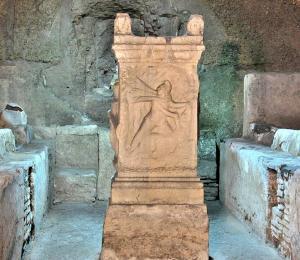
The Mithraeum – Basilica di San Clemente. A staircase leads from the left aisle of the Lower Church into the Roman dwelling, which is the oldest part of the site. In the late 2nd or early 3rd century A.D., a shrine to Mithras was erected here.
Cult of Mithras
The considerably potent Mithras devotion materialized concurrently with Christianity, evolving into a preeminent enigmatic faith of antiquity. Initially venerating the archaic Iranian deity Mithra, it metamorphosed throughout the epochs, eventually amassing substantial sway, predominantly amidst Roman military commanders and legionnaires. Furthermore, revenue agents, fiscal administrators, and tradespeople embraced Mithraism, elucidating the colossal territorial expanse of the cult across the Roman Empire.
Distinctly present in Rome, Mithras flourished along Roman frontiers – at Hadrian’s Wall within northern Britain, throughout North African metropolises, adjacent to Germany’s far-reaching border outposts, down to the Danube estuary, spanning the Atlantic coastline of Portugal, and extending into the Levant. This resulted in the construction of innumerable bespoke locations (termed Mithraea), resembling subterranean grottoes. Architectural and archaeological vestiges reveal that subsequent to Mithras’ dwindling influence from the 4th century A.D., numerous Christian ecclesiastical edifices were erected upon Mithraea sites. Over the past 150 years, erudite researchers have unearthed myriad discoveries, offering novel discernment into this enigmatic cult.
Nevertheless, despite the amassed evidence, deciphering the Mithras conundrum – the precise tenets adherents embraced – remains an elusive endeavor, with a definitive resolution yet to materialize.
Basilica di San Clemente Opening Hours: Mon.-Sat: 9 am-12.30 pm, 3 pm- 6 pm., Sun: 10 am-12.30 pm, 3 pm-6 pm.

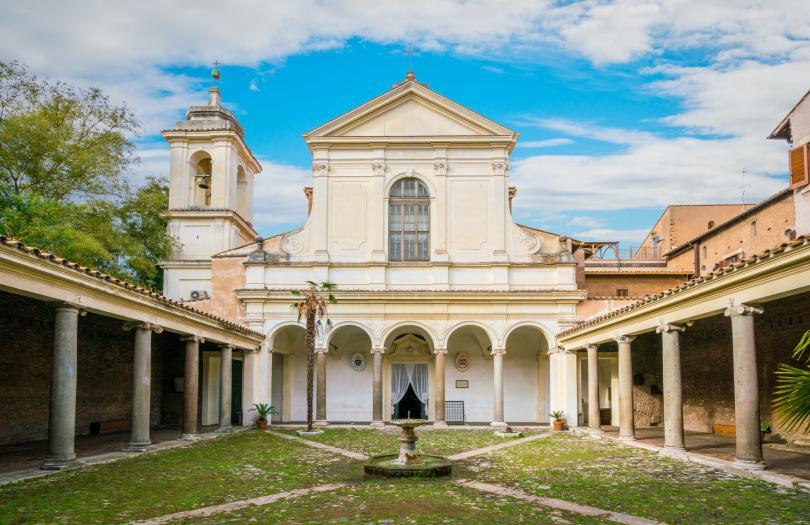

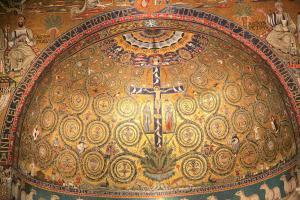
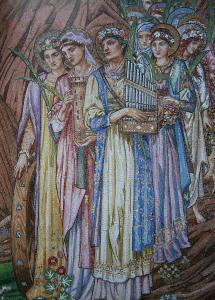
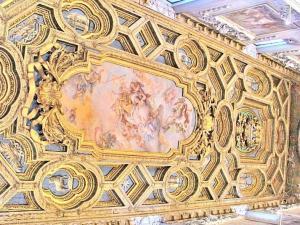
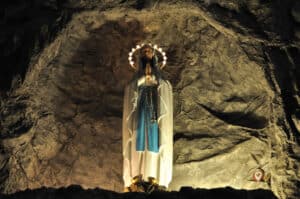

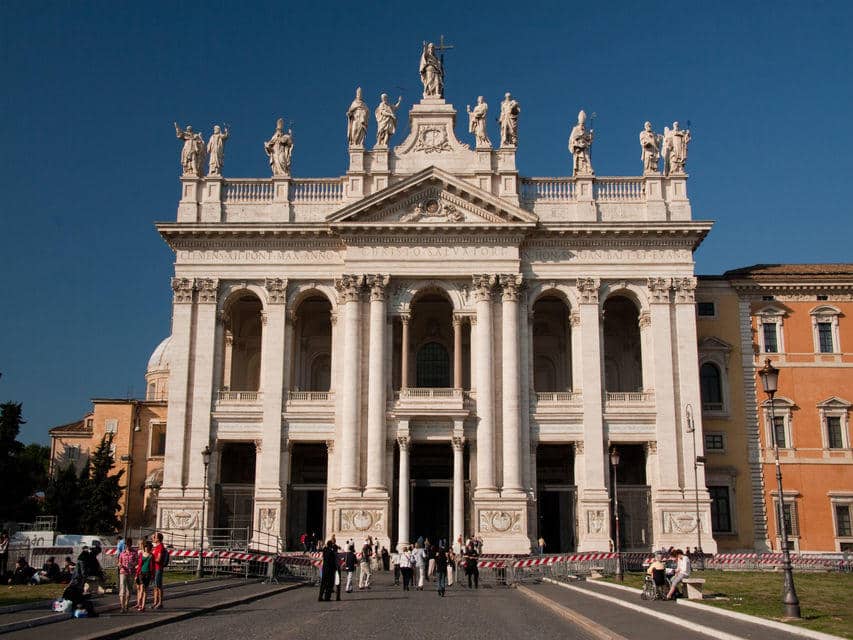

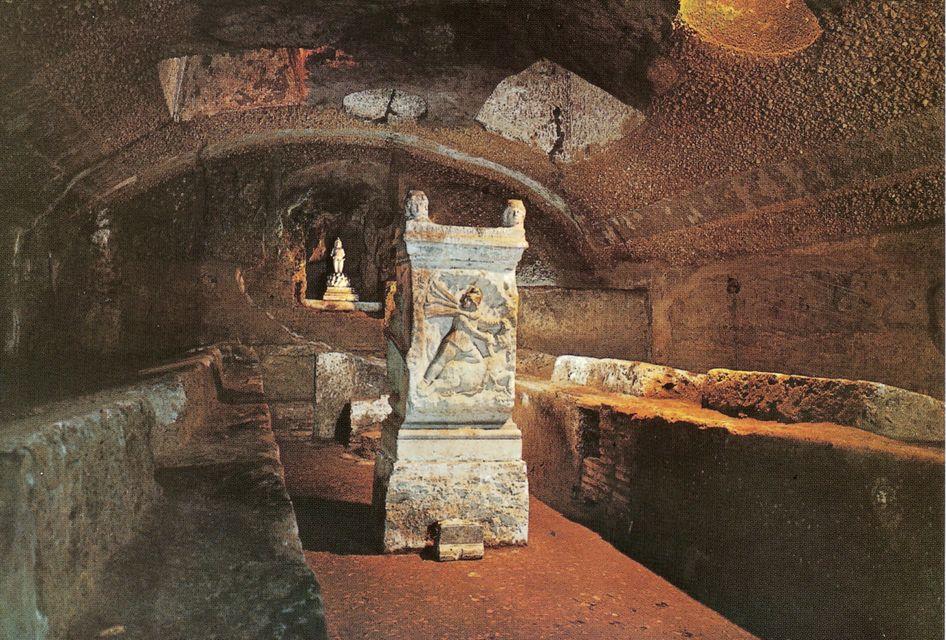
Leave a Comment